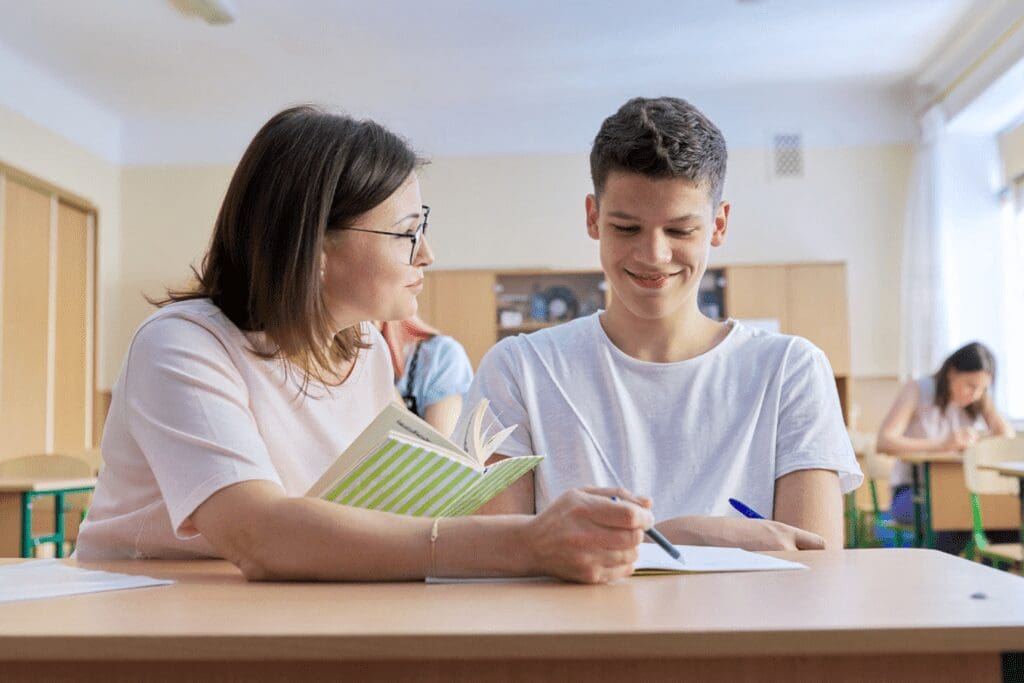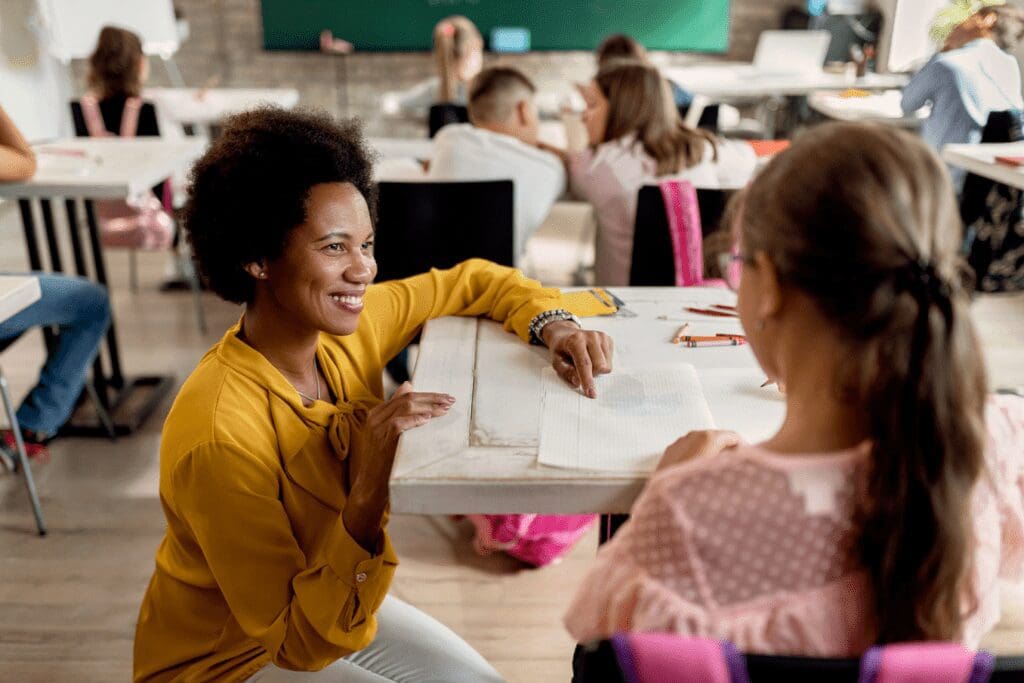All teachers want our students to succeed. We want to support their learning and growth and stretch them to reach their full potential. One of the best strategies that teachers can use is effective questioning.
Believe it or not, questions aren’t simple. By thinking carefully about the types of questions that we ask and when we can guide students into new and critical ways of thinking. We can deepen their knowledge, build their thinking skills, and prompt them to demonstrate their true learning.
Here are some key questioning strategies for you to test out in your classroom:
See more: Gifted Students are Special Needs Students – What Teachers Need to Know
Open-ended questions
Questions that require more than a simple “yes” or “no” answer really challenge students and their thinking. Students will need to think critically and creatively and demonstrate their understanding in their own words.

Asking questions without any leading or prompting is a great way to truly gauge how a student is going. A good open-ended question will get a student to demonstrate whatever they have learnt about a topic and what is significant to them, not just what they think is the correct answer.
Examples of open-ended questions might include:
- “How would you explain this concept to someone who has never heard of it before?”
- “What do you think would happen if we changed this?”
- “How might you do this in a different context?”
See more: Student Work as Evidence – How Teachers can Delve Deeper
Follow-up questions
Follow-up questions build on a student’s initial response and encourage them to elaborate or provide more detail. They can be incredibly useful for challenging a student to justify their position or prompt them to show a deeper understanding of a topic or concept.
For example, if a student says “I think this character is brave,” you might follow up with “Can you give me an example of something that the character did that shows bravery?”
If a student says, “I’ve decided my Mars Rover will have a solar battery so that it can last longer,” you could ask “What are the limitations of using a solar battery? Will it affect how the Rover operates or how we can send it to Mars?”
See more: The #1 Obstacle Teachers Face with Aboriginal Perspectives
Reflection questions
These questions ask students to reflect on their own learning, how they might use this learning in the future, and what their next-steps are to extend their learning.

Reflection is an important skill that will help your students throughout their lives. Reflecting on a project to pinpoint exactly what you’ve learnt and how you could continue developing this learning or skill in the future is a powerful tool for success in life.
Examples of reflection questions might include:
- “What was the most challenging part of this assignment for you?”
- “How can you use what you learned today in your everyday life?”
- “What skills did you already have that you used to complete this assignment?”
See more: 8 Simple Strategies for Effective Classroom Communication
By using different questioning strategies in your classroom, you can guide your students to demonstrate their learning in a variety of ways. By encouraging them to think critically and creatively through carefully considered questions, you can help them build the skills to become life-long learners. So next time you’re planning a lesson, think about how you can incorporate these questioning strategies to engage and inspire your students.





